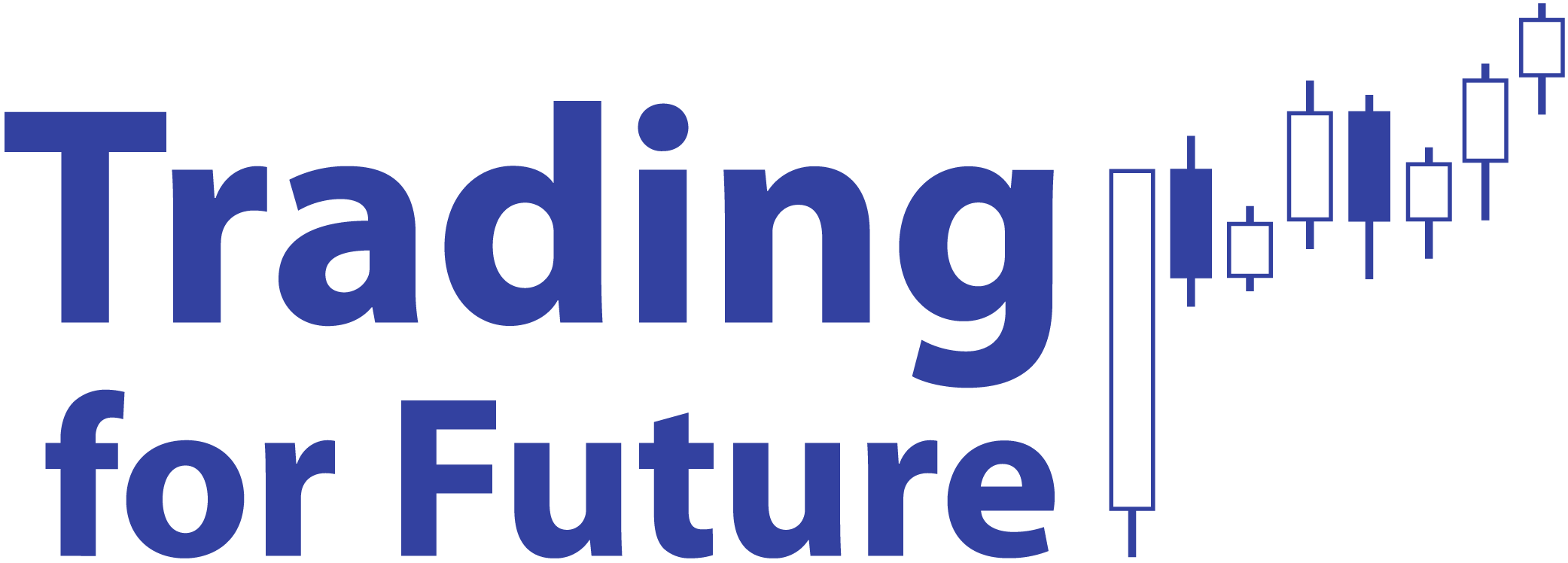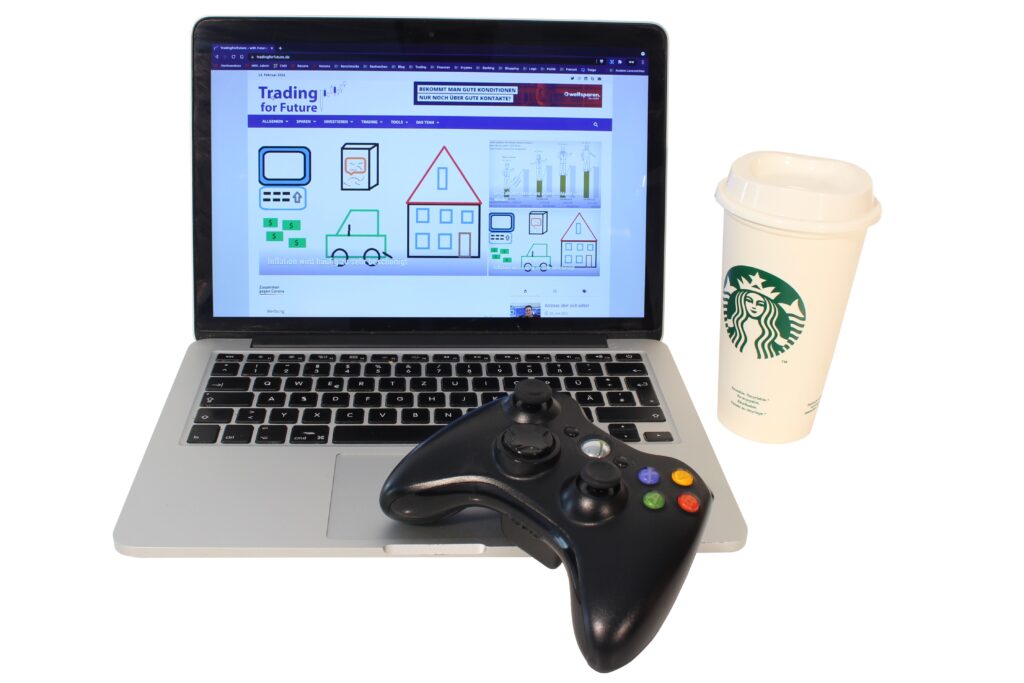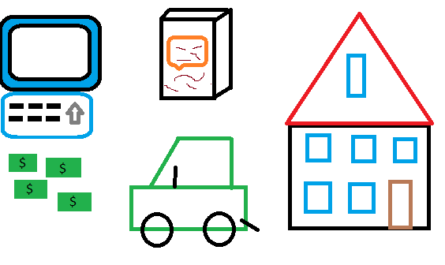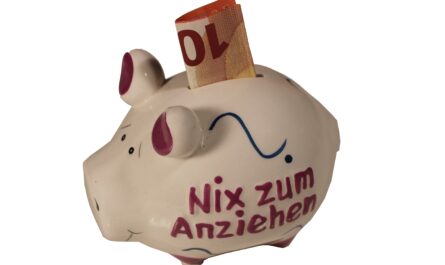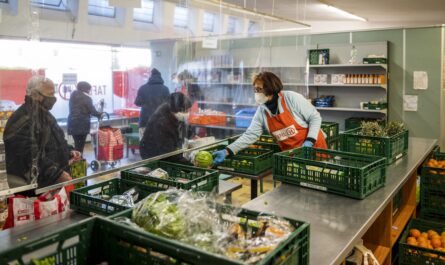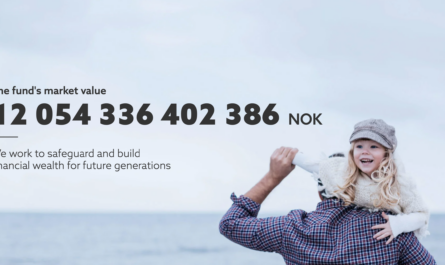Anyone who invests in individual shares and wants to build up an additional cash flow with the help of dividend stocks through regular distributions receives several motivational sweets at the same time. On the one hand, the regular payments motivate investors to make further and further savings installments and, ideally, to increase them continuously in order to obtain even more company shares. In times of crisis, companies bounce back with their dividends, which are generally always based on the previous year, making it easier to hold out in hard times.
In addition, you can set yourself another motivational goal with the help of dividend stocks: Through my stock investments, I want to pay for my streaming subscription every month or my burger and coffee. By investing in a company, you can get its products for free for life. But it sometimes takes a lot of money to do that.
High investments are partly a prerequisite
For example, if you want to pay for a caramel macchiato at Starbucks once a month through your dividends, you would need 36 shares at a share price of 87.15 euros and a dividend yield of 2.07%, which corresponds to an investment of about 3,138 euros. The monthly Ben & Jerry’s ice cream is somewhat easier to achieve due to Unilver’s higher dividend yield. In order to raise the 5.99 euros a month needed for this via the distributions, one must have invested at least 2,189 euros. The monthly Big Mac from McDonald’s is a bit more difficult with an investment of 5,513 euros.
The Office subscription from Microsoft or the music streaming offer from Apple can also be financed in this way, but you then need around 10,000 to almost 22,000 euros for the share positions. Deutsche Telekom’s smallest mobile rate plan can currently be paid for with the help of 720 shares and an investment of just over 12,000 euros. You have to save for a really long time for the monthly sneaker or the monthly champagne bottle from LVMH. This requires a whopping 155,000 to 177,500 euros. If you only want to treat yourself to a sports shoe or alcoholic beverage once a year, your investment has to be around 14,800 and 13,000 euros, respectively.
A few examples:
| Company | Product | Price | Share price | DIVe | Number of shares | Investment |
|---|---|---|---|---|---|---|
| Starbucks | Caramel Macchiato | 5,25,- | 87,15,- | 2,07 % | 36 | 3.138,- |
| McDonald’s | Big Mac | 5,29,- | 229,70,- | 2,18 % | 24 | 5.513,- |
| Unilver | Ben & Jerry’s Eis | 5,99,- | 45,60,- | 3,88 % | 48 | 2.189,- |
| Microsoft | Microsoft 365 Single | 7,00,- | 276,45,- | 0,80 % | 36 | 9.952,- |
| Apple | Apple Music | 9,99,- | 152,75,- | 0,55 % | 144 | 21.966,- |
| Deutsche Telekom | Magenta Mobil S | 39,95,- | 16,75,- | 4,05 % | 720 | 12.060,- |
| Nike | Air Force 1 | 129,99,- | 130,85,- | 0,88 % | 1.356 | 177.433,- |
| LVMH | Dom Pérignon Vintage 2012 | 199,00,- | 718,00,- | 1,54 % | 216 | 155.088,- |
It should also be noted: In Germany, dividend payments are taxable after an allowance of 801 euros for singles, which makes the investment even higher. The illustration shown here was made without taking the tax into account. Incidentally, an alternative to cash payments can be dividends in kind.
How do I do it?
I, too, use dividends as an additional motivational tidbit, but I do different math. I break down my annual monthly expenses, such as rent, insurance, electricity or telecommunications to the day and always mark a day on the calendar when my dividend payments have funded the next day. This way I always know how many days I can already cover in a year without depending on others like my employer. So I keep a kind of freedom calendar that starts over every year and covers several extra days each year.
Keyfacts
- via the cash dividend, theoretically products of a company can be consumed free of charge
- but for this it needs sometimes quite high position sizes of several thousand euros
- however, it can be a good motivator to stay on the ball
- I keep a kind of freedom calendar
